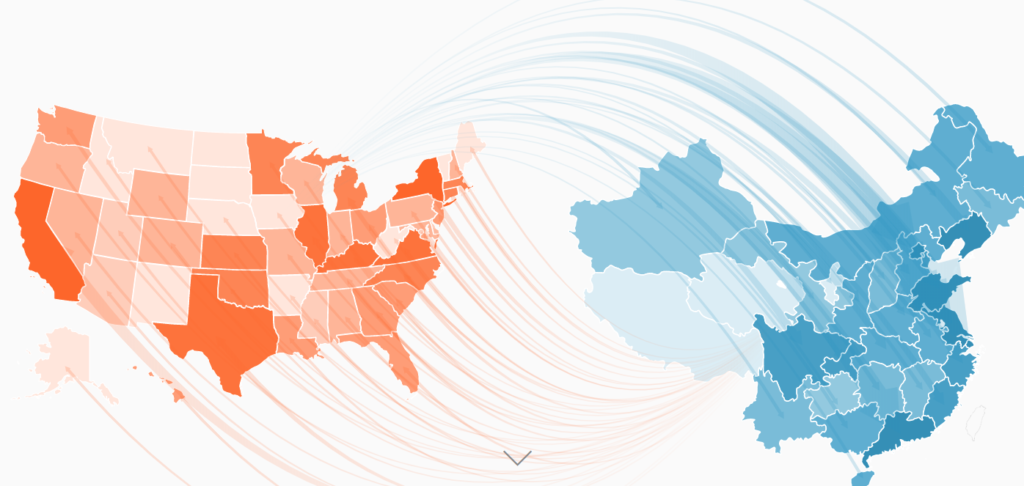US-China FDI Project
The US-China FDI Project provides greater transparency on FDI flows between China and the United States.
The US-China FDI Project is a multi-year research initiative that clarifies trends and patterns in FDI (foreign direct investment) flows between the world’s two largest economies. Rhodium and the National Committee on U.S.-China Relations lead the effort, in partnership with the American Chamber of Commerce in Shanghai and the China General Chamber of Commerce — U.S.A.

American companies have been active in the Chinese economy throughout the post-1979 reform period, investing hundreds of billions of dollars. In the past decade, Chinese investors have begun to expand their US presence as well, turning the FDI relationship into a two-way street with multi-billion dollar flows every year. This change has important economic and political implications, and has turned FDI into a first-order priority in the bilateral relationship.
Debate about the benefits and risks related to foreign investment is long-standing, and a copious body of literature exists on this subject. Many of those arguments are now resurfacing in the context of US-China FDI relations, including potential national security risks from foreign ownership, the role of reciprocity in investment market access, and the impact of FDI on innovation and long-term competitiveness. Much of the debate at the moment is predicated on claims about the pattern of investment that turn out to be untethered to any data.
It is essential that our discourse about FDI—to the greatest extent possible—be data-driven. However, current FDI statistics of both the US and Chinese governments are compiled with the primary goal of analyzing balance of payments-related questions; they are subject to significant distortions due to tax optimization and other shorter-term considerations; they have long delays and many gaps; and they do not offer the granularity necessary to analyze many policy-relevant questions. This project sets out to create greater transparency on US-China direct investment flows to facilitate a fact-based and more productive policy debate.